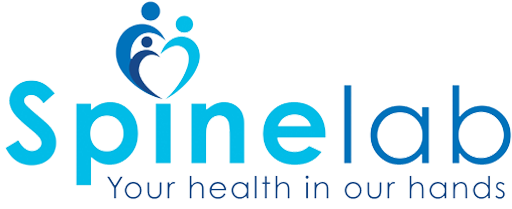Foot Health & Orthotics
Conditions that may be helped with orthotics…

HEEL/ARCH PAIN Heel Spur / Plantar Fasciitis
Heel pain occurs when the plantar ligament beneath the foot is constantly pulled and strained due to the foot collapsing into pronation or supination. This causes a condition called plantar fasciitis or heel spurs. There can be many different foot types that can be affected by this condition and it can aggravate all areas of the foot including the heel, inner or outer arch and even the ball of the foot.
BUNIONS
Bunions are caused by excessive weight being forced through the medial side of the first metatarsal head (behind the big toe). The pressure can cause the big toe to start to deviate inwards causing a lump to form on the outside of the toe. This can lead to a burning sensation or general pain and look unsightly. Accurate orthotics cannot cure a bunion, but will realign the foot and thus reduce pain and prevent the bunions becoming worse.
BALL OF THE FOOT (METATARSALS)
Pain and symptoms occurring in this area are usually due to a drop in the metatarsal heads which form the metatarsal arch in the ball of the foot. This can lead to metatarsalgia (a general pain in this area), Morton’s Neuroma, March fractures, corns and calluses.
SHIN PAIN / SHIN SPLINTS
Pain in the shins is usually a result of shin splints. This is caused by poor foot biomechanics resulting in the pulling of the muscle (Tibialis anterior) which runs between the bones in the lower leg. You may find this is normally aggravated when running and can instantly affect your sport/training or hobbies.
ANKLE PAIN
Pain in this area can be caused by a misalignment of the subtalar joint (main joint of the foot). This misalignment can lead to an instability of the ankle and can cause pain in the medial or lateral side.
ACHILLES PAIN ACHILLES TENDONITIS
An instability in the subtalar joint can push the foot into pronation. This in turn forces the calf muscles to work harder to attempt to keep the foot in a neutral position. Since the Achilles tendon attaches onto the calf muscle and heel bone this can result in a constant pull and lead to inflammation of the Achilles (Achilles tendonitis). The Achilles is avascular and can be slow to heal. Therefore the condition can be extremely debilitating.
KNEE PAIN PATELLA-FEMORAL SYNDROME
Pain which is localized to the front or medial aspect of the knee is normally caused by over pronation of the foot (flat feet). The pronated foot can cause the knee to internally rotate resulting in a misalignment of the knee cap leading to irritation of the Patella Tendon known as Patella Tendonitis or Chondromalacia.
HIP PAIN PIRIFORMIS SYNDROME
Pronation of the foot can have an effect on the knee, causing an internal rotation. This can have an impact on the muscles that support the leg. In some cases this can lead to a pain in the outside of the thigh (Ilio Tibial Band syndrome) and into the hips (Piriformis syndrome).
LOWER BACK PROBLEMS
Lower back pain can often be a result of poor foot function and can occur if a patient has a condition known as Ankle Equines. Ankle Equines can cause a hyper extension of the knees and a forward tilt of the pelvis resulting in the patient suffering from Sacroiliac joint pain. Lower back pain can also occur from other biomechanical imbalances of the feet such as pronation and supination.
